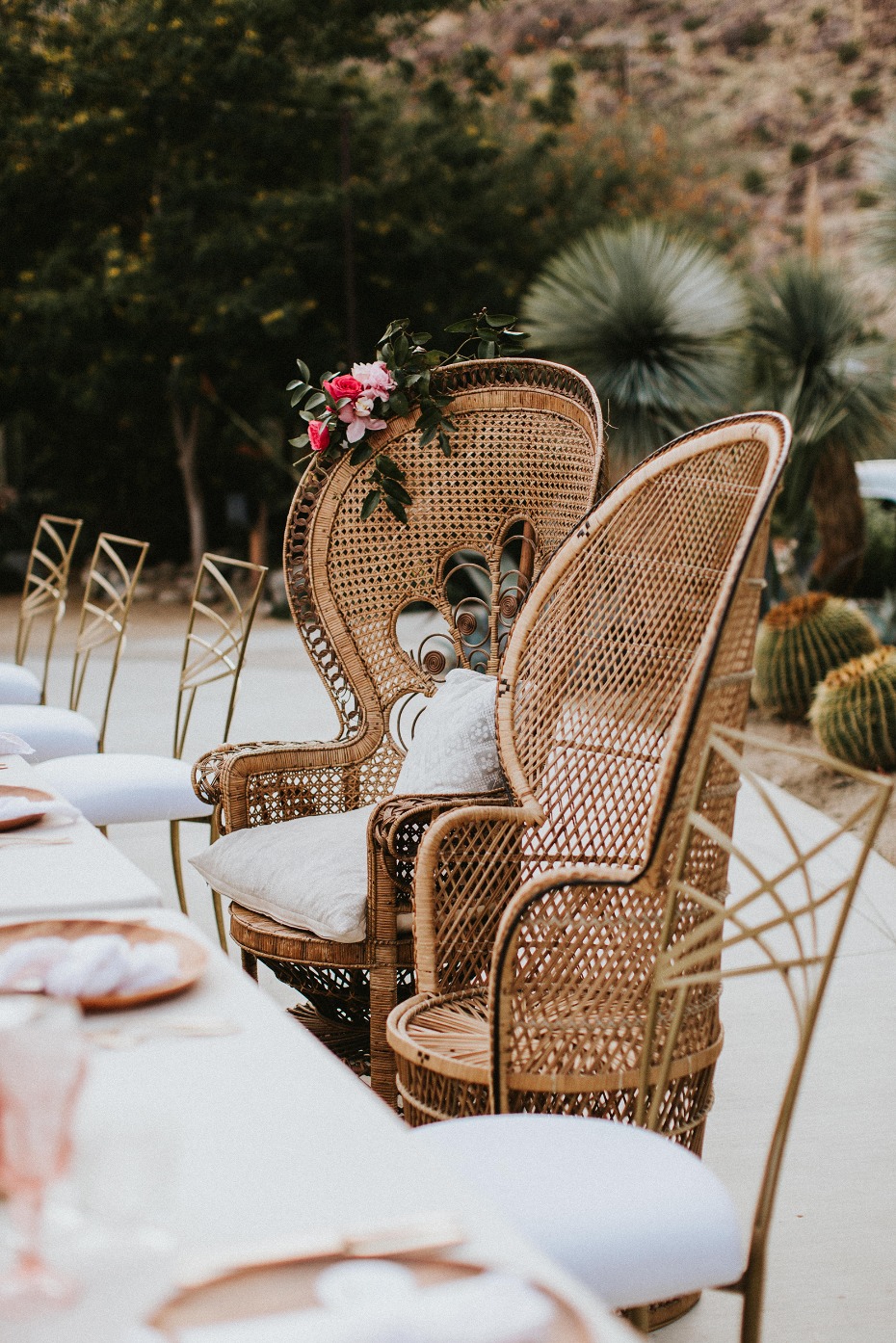Palm Springs Weddings That Make Us Not Want to Leave
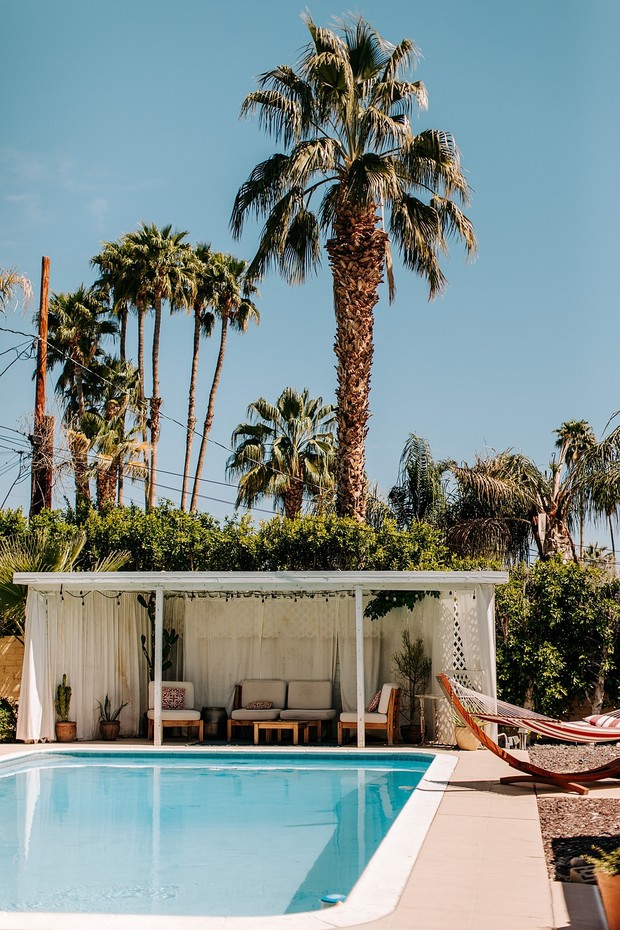
We’re definitely running out of things to watch these days, so when my hubs suggested we screen the Hulu OG Palm Springs the other night, I was pretty game. It ended up being super cute, too, so if you have an hour and a half to kill, it’s definitely worth streaming #promise.
https://media.giphy.com/media/dvgTvNCgJxiJm8udDK/giphy.gif
I won’t give any major plot points away, but Andy Samberg’s character, Nyles, essentially gets sucked into a time loop wherein he’s a guest at a Palm Springs wedding that also sucks. Despite being a pseudo good guy and giving his hook up - played by Cristin Milioti - a heads up to avoid following him into certain effed up chaos, it happens anyway. We see a lot of wedding day drama unfold, in different iterations every day, but by the end of the movie, you end up wanting to see Palm Springs weddings cancelled forever.
...Along with any and all bridesmaid toasts that start off with something along the lines of “how bout this gorgeous couple, I mean, hashtag life goals, am I right?!”
https://media.giphy.com/media/dTX4Sh7xABTM4Q8PiK/giphy.gif
These real weddings, though, make desert wedding life look decidedly dreamy. So much so that we’d be all for waking up in a cushy resort, pool floating and popping spiked seltzer (because what else?), for eternity. Scroll down for the best things about a Palm Springs bash! Some of the elements are for sure basic, but they’re totally baller even so!
https://media.giphy.com/media/fvlkWL8V47qlTE4M4V/giphy.gif
Palm Springs P.S. Get to know some of our vendors who work there regularly!!
A beautiful boho dress for the bride
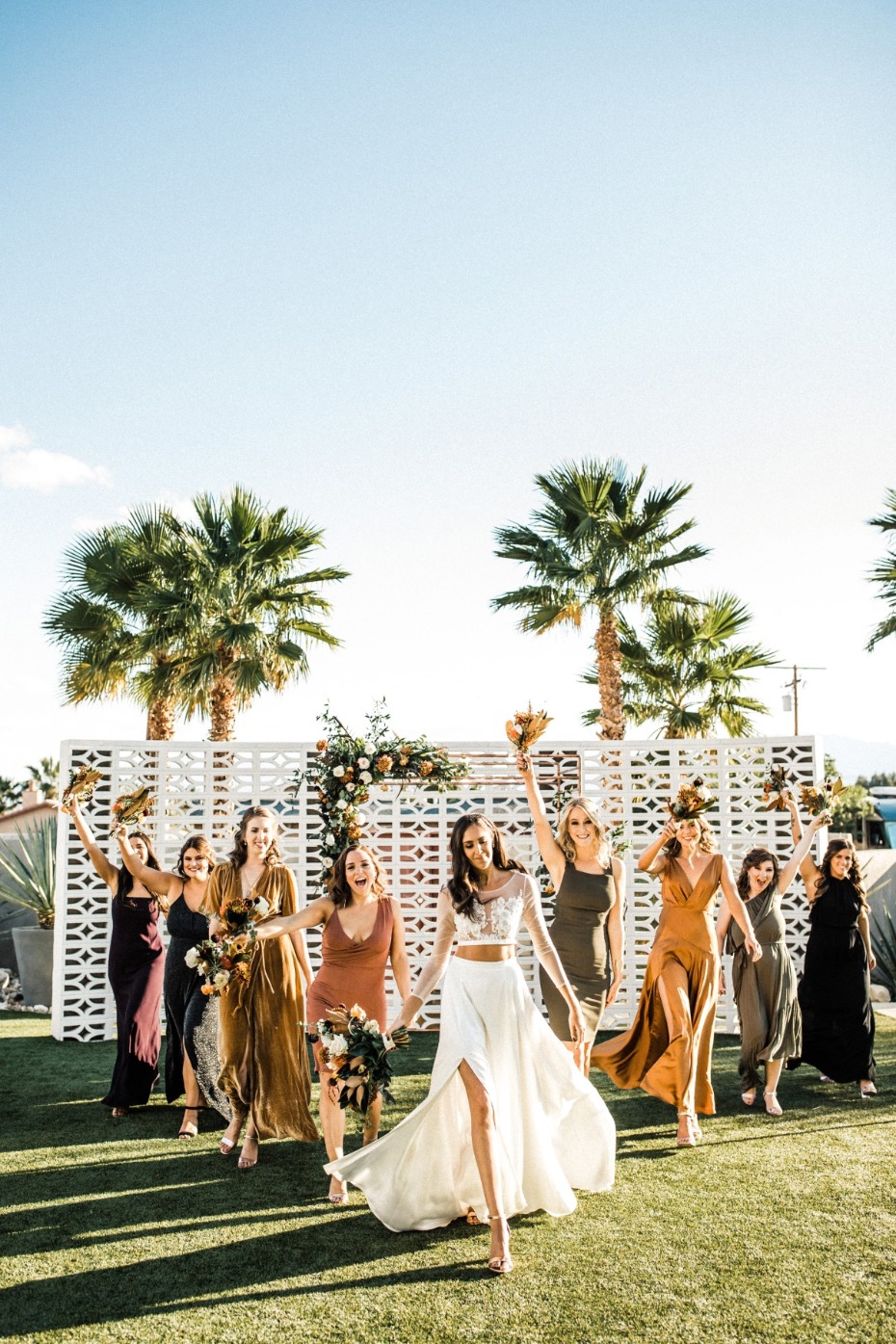
A wild bouquet (extra points if it's hot pink)
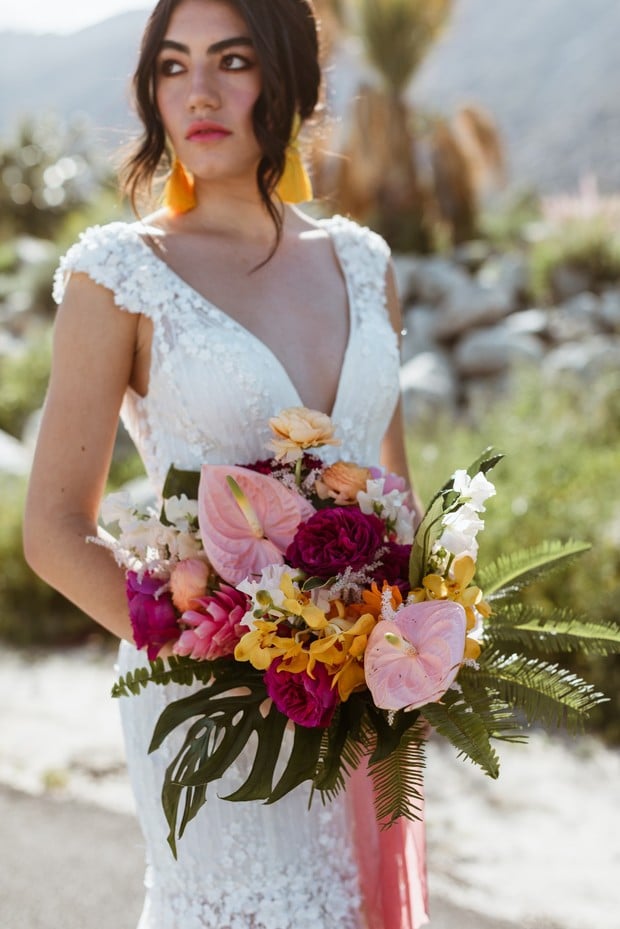
A poolside reception setup (and a flamingo or swan float FTW)
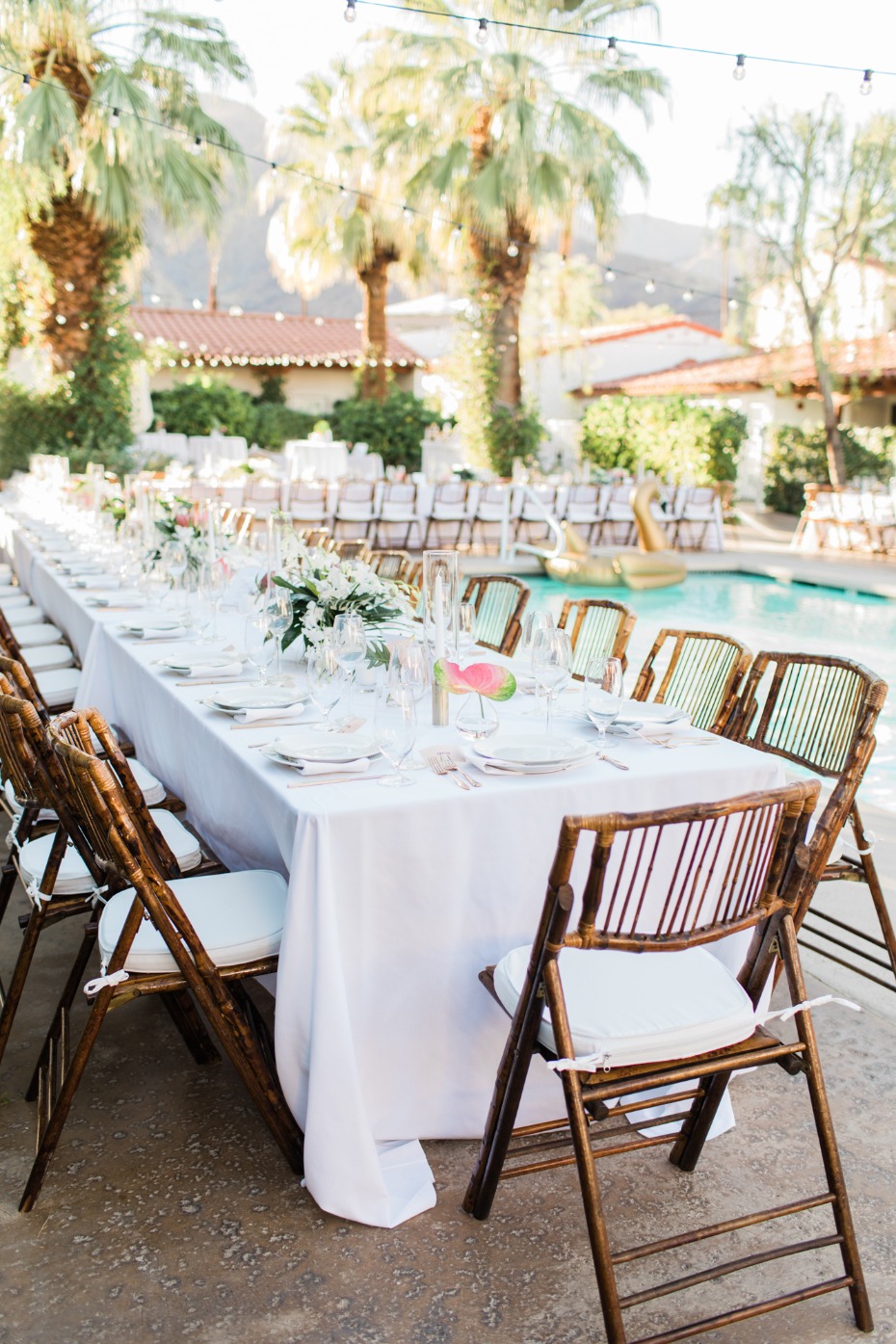
A dance floor with twinkling string lights
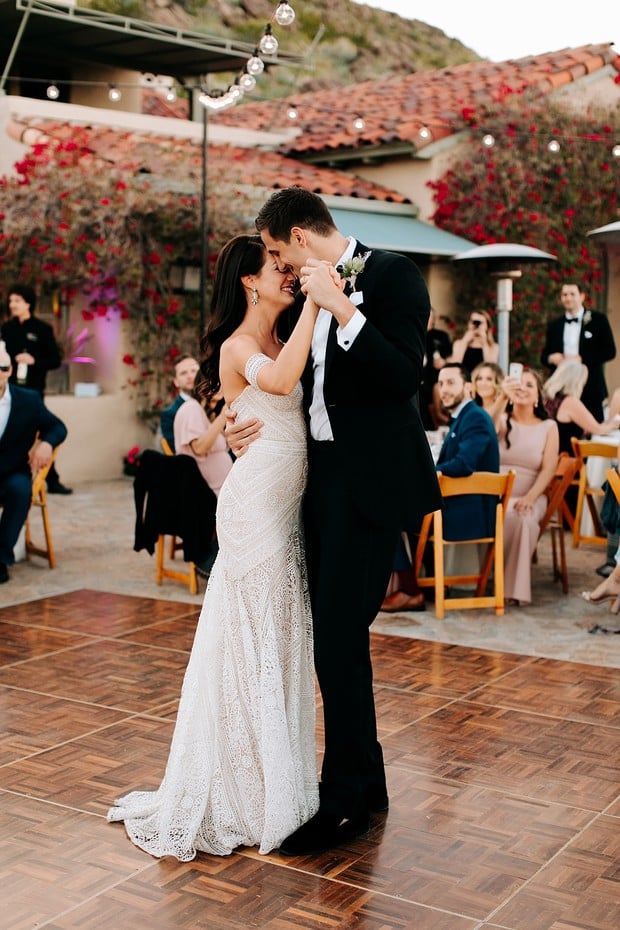
An ode to cacti (it’s a cliché that we’re more than OK with)
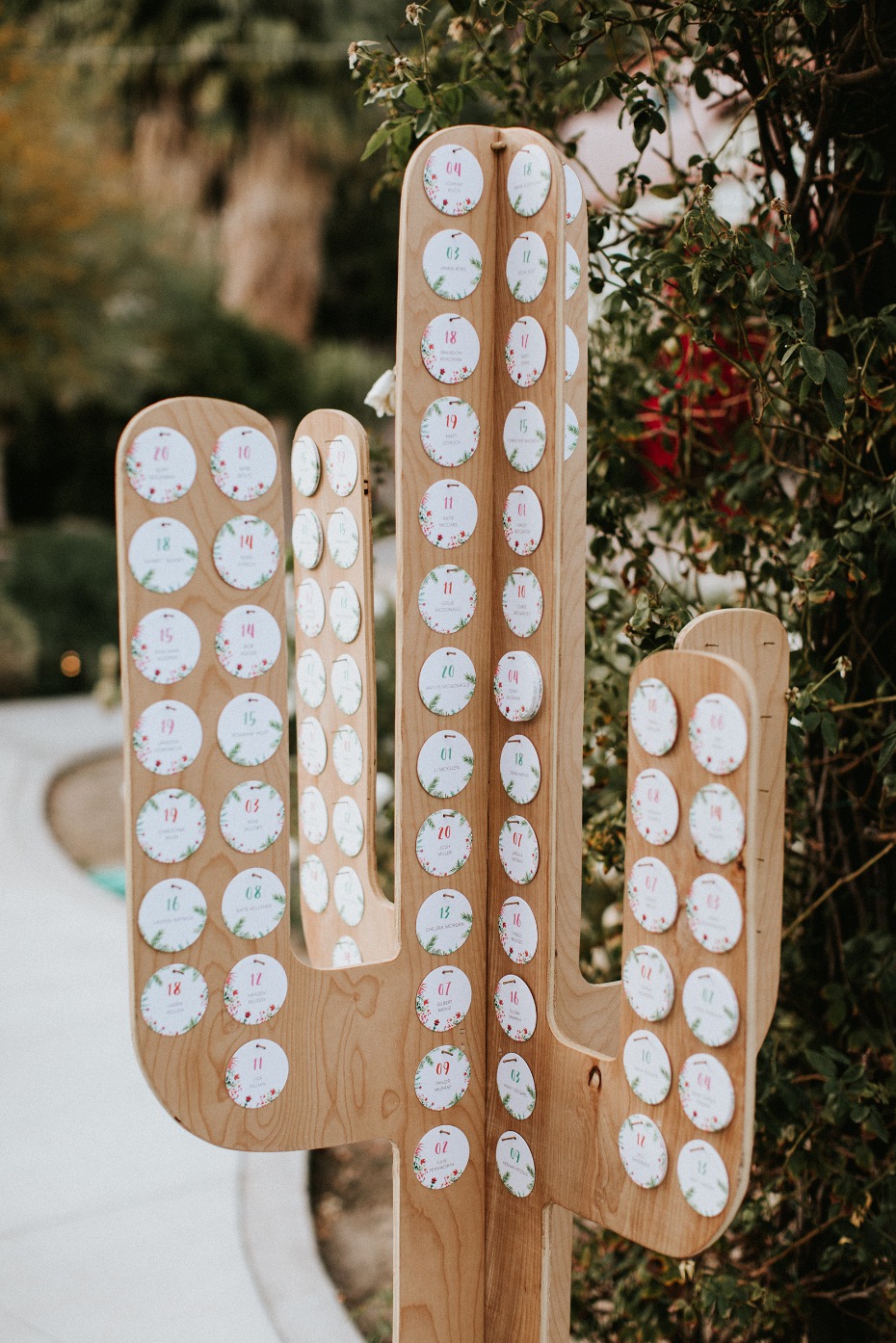
A sweetheart table with boho-style high back chairs and/or macramé some way
